Comprehensive pre-employment background checks are an absolute necessity. Your time is a valuable commodity. When you consider taking on a high-touch candidate destined for executive placement it is of even greater importance, as the time you spend performing comprehensive background checks may be considerable. Above all, you don’t want to lose on your investment.
Knowing what potential dangers lurk before you put a lot of effort into somebody makes good business sense. If it were a business acquisition, you would be performing the same sort of due diligence on the company you intend to purchase, so why not apply this to your human assets also?
Conducting comprehensive pre-employment background checks prior to in-person interviews is one of the surest ways to confirm that your candidate is representing themselves with verity — your brand reputation and the company’s future depends on it. When it is a leadership, management or customer-facing role, it is even more important to know exactly who is sitting on the other side of that desk. In this age of lawsuits and litigation, being armed with verified, up-to-the-minute information is your best protection.
Performing comprehensive pre-employment background checks before you hire is important. Performing a background check during the course of the recruiting process is just as crucial. The more you know about a candidate, the better you will be able to predict their success or lack of it.
Making sure you are placing the right person in the right position is so much more than just job experience and having the appropriate demeanor: ensuring that your candidate will meet all expectations and does not present a danger to you, the on-boarding company, their brand or their staff assures a return on your investment. It also gives you a stronger platform to work from when negotiating the deal. If you are committed to presenting the best candidate for the job, having a thorough background check in place is not just an option – it is a necessity.
Most HR departments, hiring managers, and recruiters ask their candidate to supply several references. Let’s be honest – these are peers, friends, and by and large 50% are therefore biased. Retained executive search firms like NextGen dig up and cold call references we find who are past internal customers the candidate interfaced with, vendors, external customers, and those who reported to him/her, as well as his/her former superiors. These names we dig up are caught off guard, are honest, and really do help to provide an accurate balance of professional references in comprehensive background checks.
Define comprehensive pre-employment background checks
SSN trace, search and validation: This verifies your candidate’s identity. A social security number is specific to the state and city where it was obtained, and can tell you a great deal about an individual, such as their residential history. A verified SSN can also help to verify other information that the background check might reveal.
County criminal record searches: This will reveal if they have been in trouble locally.
Current and previous residences: Frequent moves can be a harbinger of trouble to come, revealing transiency or any kind of trouble in holding down a residence.
National criminal file: This is a validated result that is cross-referenced to known addresses. Care must be taken to verify this information against a known quantity, such as an individual’s SSN. There are likely thousands of William Smith’s in the world, for example.
Federal criminal record searches (last 7 years): Any federal criminal offence will appear here. Federal offences are far more serious, and include many ‘white-collar’ crimes such as fraud.
Federal civil records searches (current and previous residences): this will illuminate problems with money, handling money, securities and bad debt–very important in hiring for fiduciary positions. It will also reveal past marriages or any civil proceeding that the candidate has been involved with.
OFAC terror watch/sex offender check: It probably goes without saying, a history that includes terrorism, violent crime or a sex offence has the potential to cause a great deal of harm to your company, your customers and your workforce.
Education verification (2 highest degrees): Education verification to prove your candidate’s claims.
Employment verification (last 3 employers): Verifying past employment, positions held and more proof of claims.
Professional character references (past superiors, direct reports, internal/external customers as applicable): How your candidate interacts with others should be of great interest to you. This is the trickiest part as most HR departments lack the skills to conduct job references pertaining to those whom the candidate interfaces with. It’s not just the interactions, but the mentor and coaching capability, listening skills, ability of the candidate to sell their ideas, examples of conflict resolution, and teamwork.
Social media reputation reports: Many people reveal their true character online in ways they never would to your face. It’s not about the kids, the cottage or the kittens, but if your candidate is a drunk or has a tendency to bad-mouth their employers or even worse – their customers – online, you’ll want to know.
PEER credit report: A PEER credit report takes an individual’s personal credit, residential and employment history into account and is a little more detailed than a standard background check. The PEER report is more a gauge of dependability than credit worthiness, and does not result in a credit inquiry for the candidate. Use for C-Suite level, VP and fiduciary roles.
‘Ban the Box’ laws impacts comprehensive background checks
In states or municipalities where a ‘ban-the-box’ law is in place, access to your candidate’s criminal history in comprehensive background checks could be limited until later on in the hiring process. You might think that this legislation has limited influence with regard to executive search and placement, but it still has the potential to lead you down a blind alley every once in a while. You might, for instance, spend a great deal of time on a candidate during the on-boarding process only to find that there were some legal or ethical issues that you just cannot afford to take a chance on.
 The legislation itself applies to federal government job applications, some private contractors and companies operating in specific regions that have adopted the policy. While it is arguably a useful and constructive way to level the playing field, it could still impede your process when hiring mid-level to senior management.
The legislation itself applies to federal government job applications, some private contractors and companies operating in specific regions that have adopted the policy. While it is arguably a useful and constructive way to level the playing field, it could still impede your process when hiring mid-level to senior management.
Since the legislation can be enforced at the state, county or municipal level, it is important to find out what the laws are in your area, and understand what you can and can’t legally ask up front.
Most ban-the-box laws do not prohibit an up-front comprehensive pre-employment background checks, but some do require the employer to wait until after the first interview or even later in the hiring process.
Running comprehensive pre-employment background checks
Your HR department can check references and social media, but a verified background check ensures the information you obtain is bona-fide and that the person whose life you are looking into is actually the one you intended. Additionally, there is a lot of information that cannot be uncovered in a limited search.
Some data can only be accessed by a licensed firm that specializes in comprehensive pre-employment background checks. Such companies have the experience to get you what you need in an expedient manner, and will help to prevent you from looking at personal data that might put you in violation of state or federal law. If you are in doubt, consult your legal department first. Most states require that you obtain a written consent from the candidate prior to conducting a search. You should also expect to provide a copy of that search to the subject in addition to any related communications or recommendations.
Above all, look at a broad spectrum of information. Don’t just look at the negative, and don’t focus too closely on any one thing. The sum total of your candidate’s data should tell a story – hopefully a good one – that will help you decide how best to proceed.
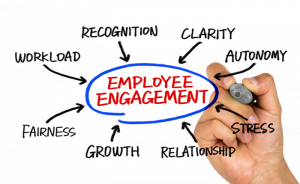

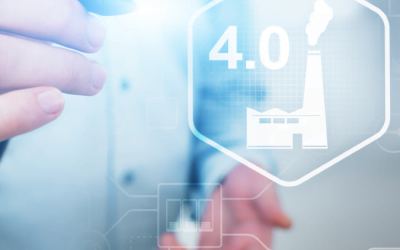
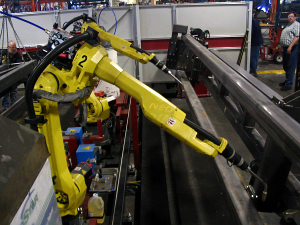 German designer Clemens Weisshaar addressed the issue in a form at Vienna Design Week in 2014. “Taking robots online is as dangerous as anything you can put on the web,” he said.
German designer Clemens Weisshaar addressed the issue in a form at Vienna Design Week in 2014. “Taking robots online is as dangerous as anything you can put on the web,” he said. 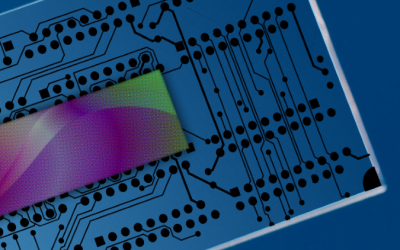
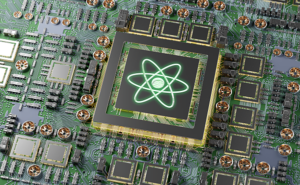 This involves nano-particles that are constructed of immune-system-friendly materials, implanted with drugs and sent to the targeted areas of the body. Owing to their small size, they can effectively target only the areas that are disease-ridden; dysfunctional parts of the cells as opposed to the entire cells, or whole organs.
This involves nano-particles that are constructed of immune-system-friendly materials, implanted with drugs and sent to the targeted areas of the body. Owing to their small size, they can effectively target only the areas that are disease-ridden; dysfunctional parts of the cells as opposed to the entire cells, or whole organs.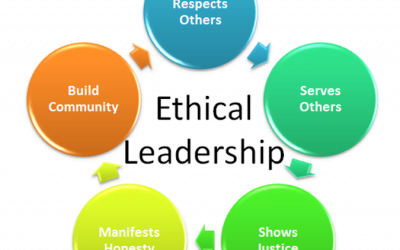
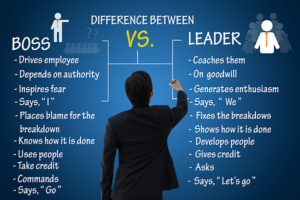 Business Leadership Ethics, according to Aristotle, is moral virtue that comes about as a result of habit. Ethics has as its root “ethike,” formed by the slight variation of the word ethos (habit). Aristotle explained that moral virtues do not arise in us by nature; we must accept them, embrace them and perfect them by habit.
Business Leadership Ethics, according to Aristotle, is moral virtue that comes about as a result of habit. Ethics has as its root “ethike,” formed by the slight variation of the word ethos (habit). Aristotle explained that moral virtues do not arise in us by nature; we must accept them, embrace them and perfect them by habit.
 From a technology viewpoint, implant solutions have to resolve trade-offs associated with efficiency and accuracy against antenna size, power use, operating bandwidth and materials costs. Moreover, implant devices should be appropriate for various body and skin morphologies, while at the same time offering security and data protection features that render them immune to malicious parties that may attempt to compromise their operation.
From a technology viewpoint, implant solutions have to resolve trade-offs associated with efficiency and accuracy against antenna size, power use, operating bandwidth and materials costs. Moreover, implant devices should be appropriate for various body and skin morphologies, while at the same time offering security and data protection features that render them immune to malicious parties that may attempt to compromise their operation.
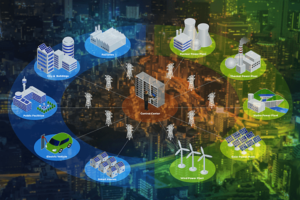 Not many utility engineers have experience analyzing terabyte sized data sets and implementing drone-like distributed power generation control systems.
Not many utility engineers have experience analyzing terabyte sized data sets and implementing drone-like distributed power generation control systems.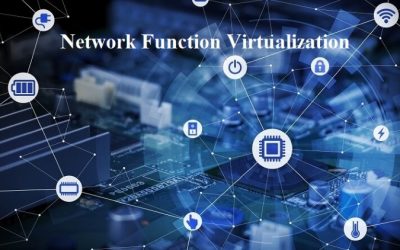
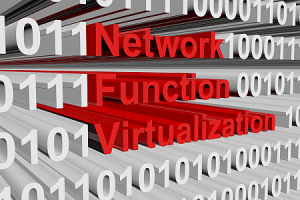 How quickly will NFV revolutionize the networks of the world? That remains to be seen. It’s being looked at as a potential framework for
How quickly will NFV revolutionize the networks of the world? That remains to be seen. It’s being looked at as a potential framework for
 The legislation itself applies to federal government job applications, some private contractors and companies operating in specific regions that have adopted the policy. While it is arguably a useful and constructive way to level the playing field, it could still impede your process when hiring mid-level to senior management.
The legislation itself applies to federal government job applications, some private contractors and companies operating in specific regions that have adopted the policy. While it is arguably a useful and constructive way to level the playing field, it could still impede your process when hiring mid-level to senior management.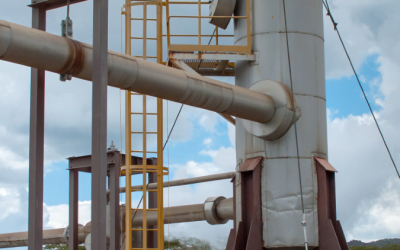
 The binary power plant with a design output of 905 KW (541 KW from ORC turbine, 650 KW from gas engine and subtracting an operational load of 286 KW). The plant operated at only 10,000 bbl of water per day with small volumes of gas flow.
The binary power plant with a design output of 905 KW (541 KW from ORC turbine, 650 KW from gas engine and subtracting an operational load of 286 KW). The plant operated at only 10,000 bbl of water per day with small volumes of gas flow.
 The company Niantec offers a smartphone app that gives you information about the places you visit. “The application was designed to run in the background and just to pop up,” says the narrator.
The company Niantec offers a smartphone app that gives you information about the places you visit. “The application was designed to run in the background and just to pop up,” says the narrator.